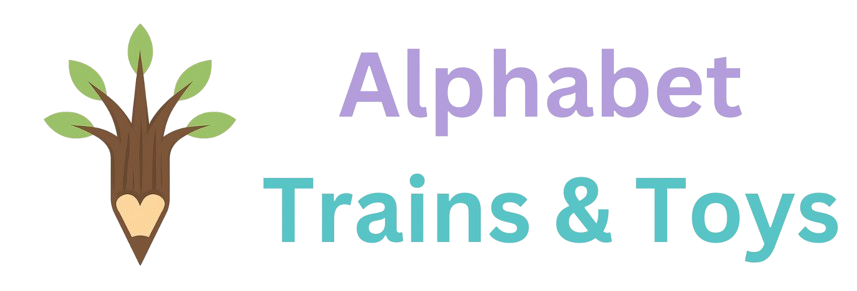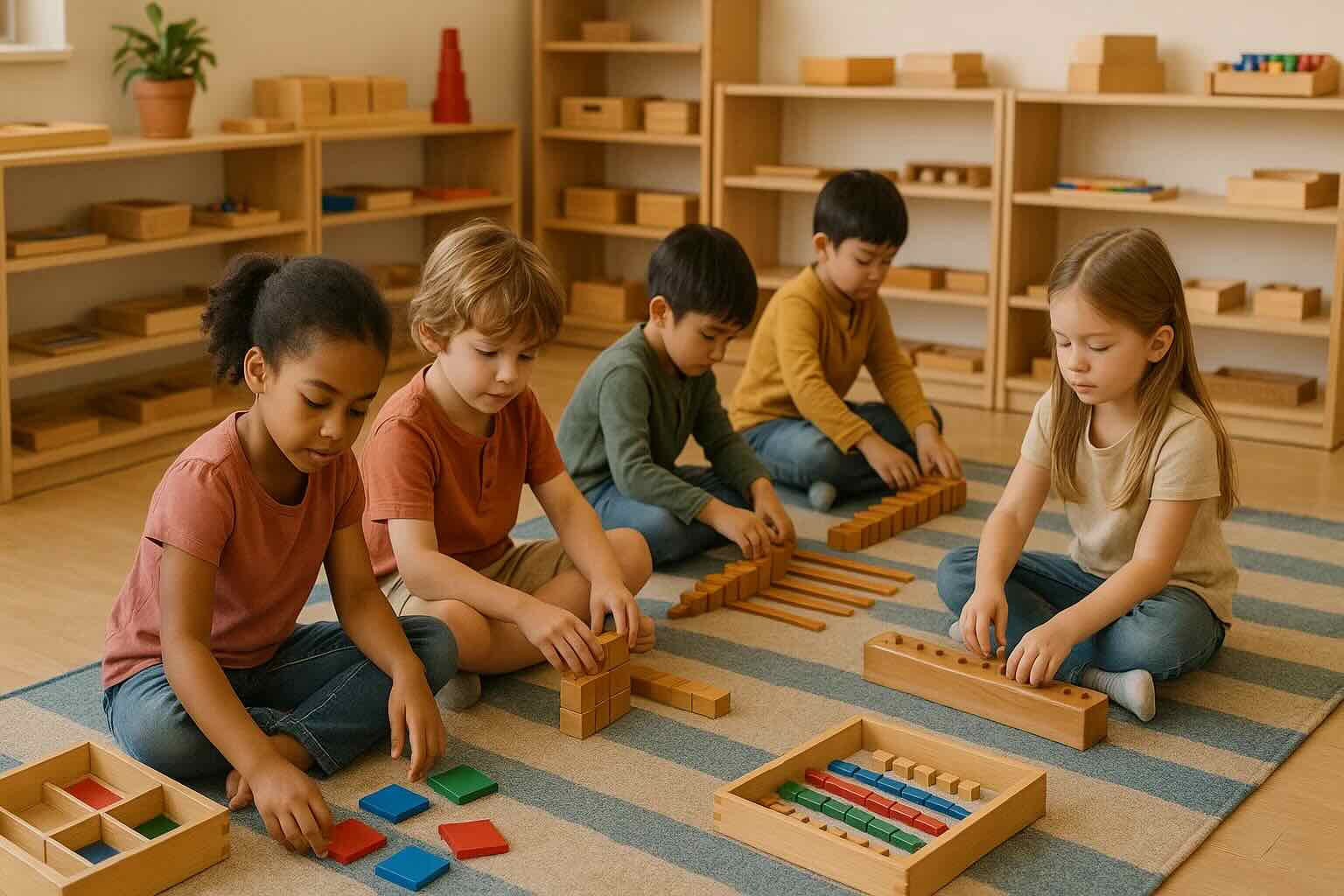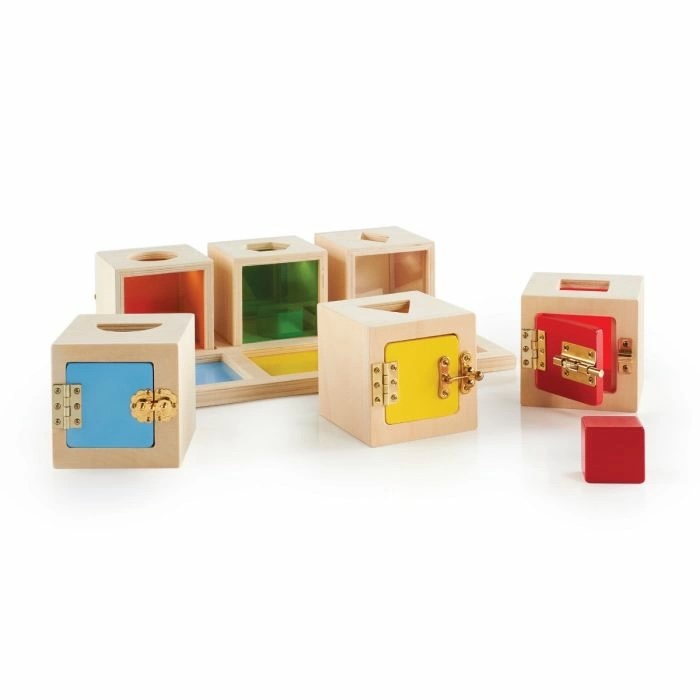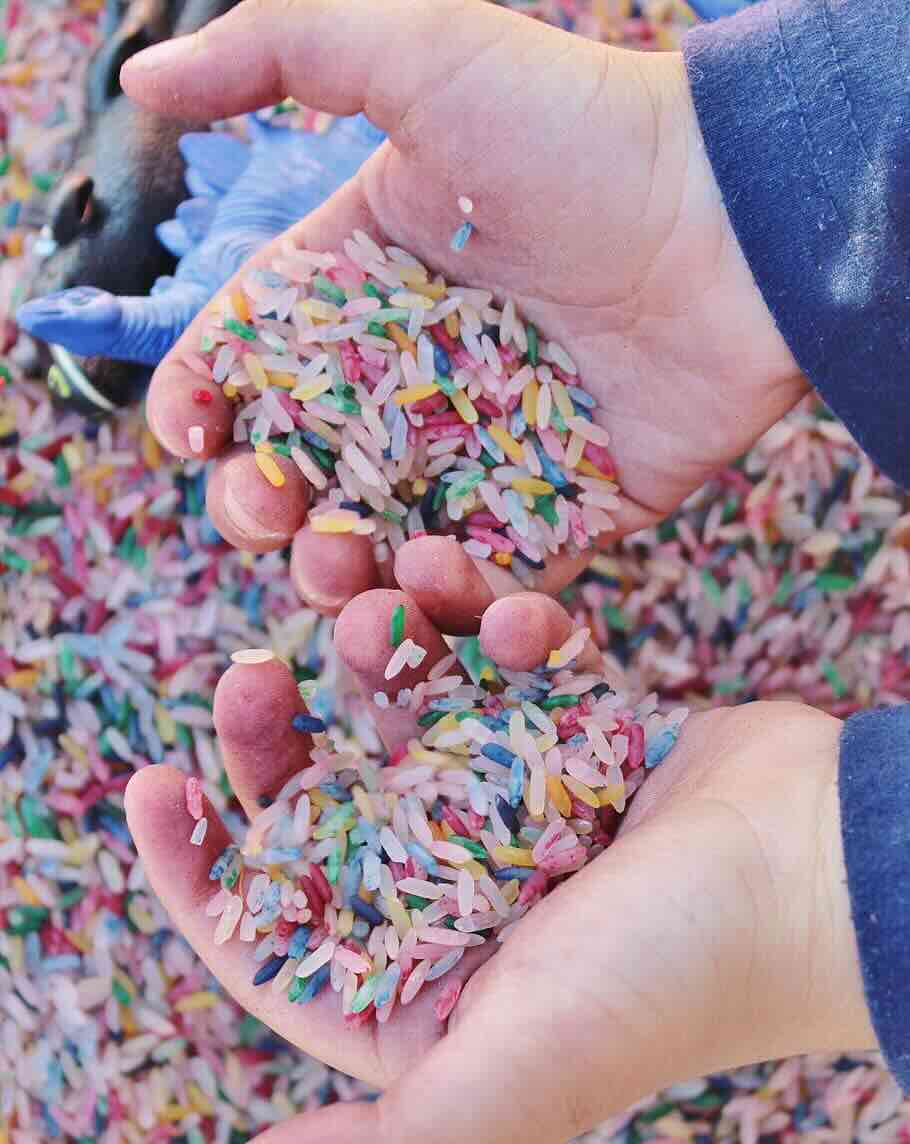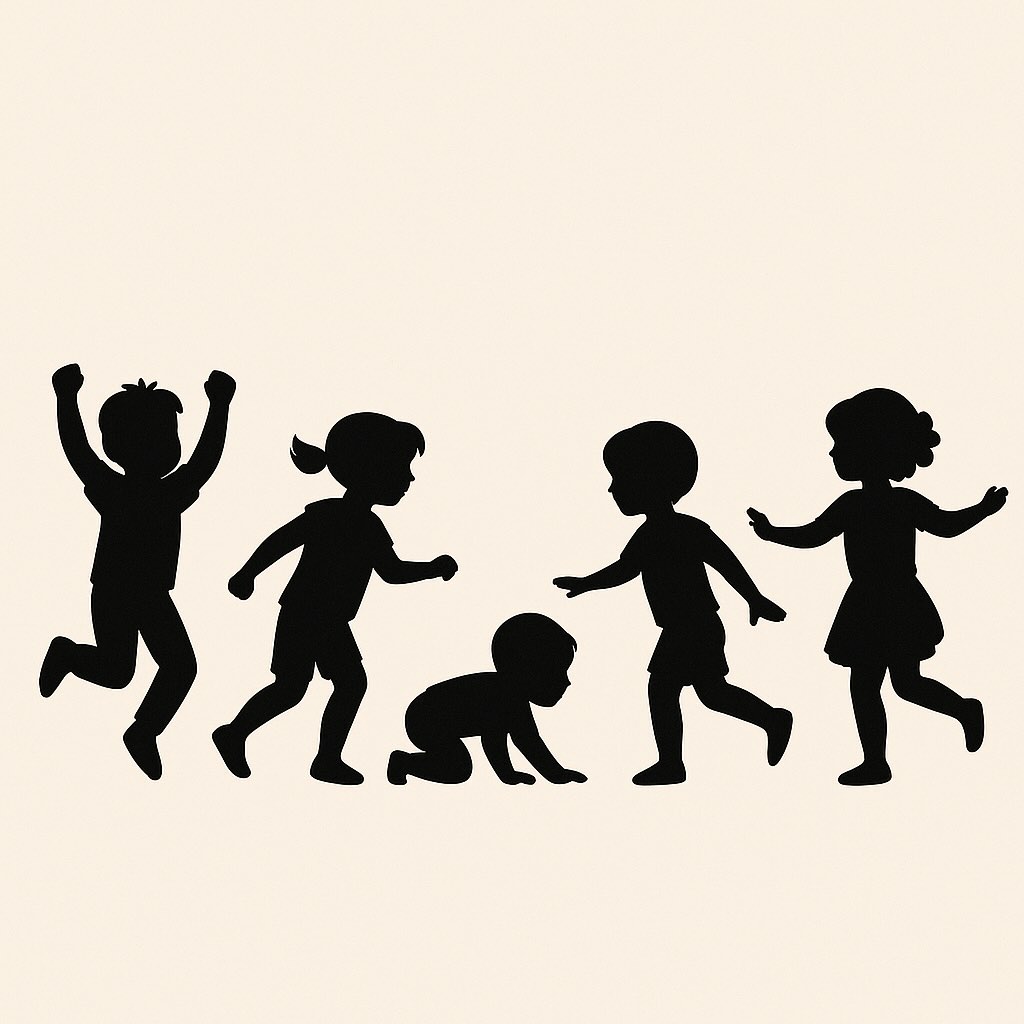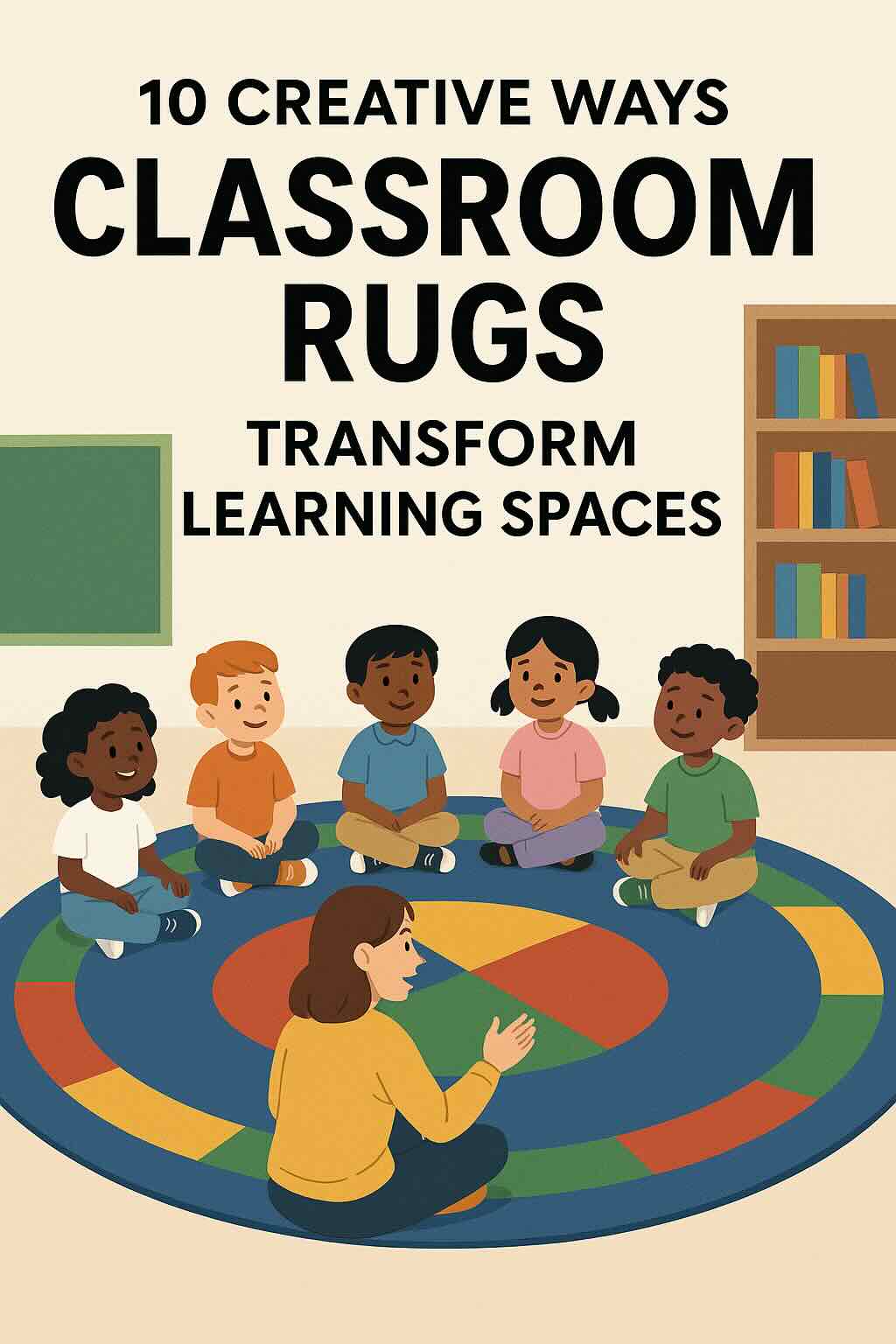The store will not work correctly when cookies are disabled.
JavaScript seems to be disabled in your browser. For the best experience on our site, be sure to turn on Javascript in your browser.
Home Blog 10 Best Montessori-Inspired Toys by Age That Keep Kids Truly Engaged
10 Best Montessori-Inspired Toys by Age That Keep Kids Truly Engaged
Match the toy to the child’s stage and engagement skyrockets. These Montessori-inspired picks are simple, purposeful, and open-ended—chosen from our catalog to build real skills through play.
Babies 0–12 months
Visual tracking • Head control • Self-awareness
Place at eye level for short sessions. Baby watches, reaches, and repeats—no batteries, just real focus.
Cause-and-effect • Wrist rotation • Sensory
A gentle swat makes it spin and shimmer. Early scientific thinking, built right in.
💡 Montessori Tip: Offer one item at a time, then pause. Babies need quiet space to observe and repeat.
Toddlers 12–18 months
Pincer grasp • Letter awareness • Meaningful
Present 3–4 letters at a time. Personal relevance fuels repetition and pride.
Sorting • Hand-eye coordination • Problem solving
Start with two shapes and a clear demo; expand to more shapes as success grows.
😊 Parent Note: Demonstrate once, then step back. Independence = engagement.
Toddlers 18–24 months
Fine motor • Problem-solving • Real skills
Invite focus by offering one mechanism at a time; mastery is magnetic at this age.
Wrist rotation • Depth perception • Sequencing
Stack high then sort by size; narrate ‘big to small’ to build math language naturally.
Ages 2–3 Language through play
Fine motor • Stroke patterns • Control
Two-finger tracing first, then stylus—multi-sensory prep without worksheets.
Shape discrimination • Spatial reasoning
Present 3–4 shapes with slow demo; invite matching and naming (‘triangle, circle’).
Ages 3–4 Longer focus & early spelling
Phonics • Sequencing • Word building
Build names and CVC words—concrete letters make abstract sounds click.
Open-ended building • Light & color exploration
Sort by color, mirror patterns, then add natural light for science play.
Ages 4–5 Cooperation & early STEM
Collaboration • Sequencing • Storytelling
Assign roles (builder, driver, ‘map reader’). Longer builds = longer concentration.
Cause-and-effect • Engineering thinking • Fine motor
Experiment with interlocking cogs: predict, build, test—then explain what changed.
Post a comment




